BMW i: sustainable cities start to emerge
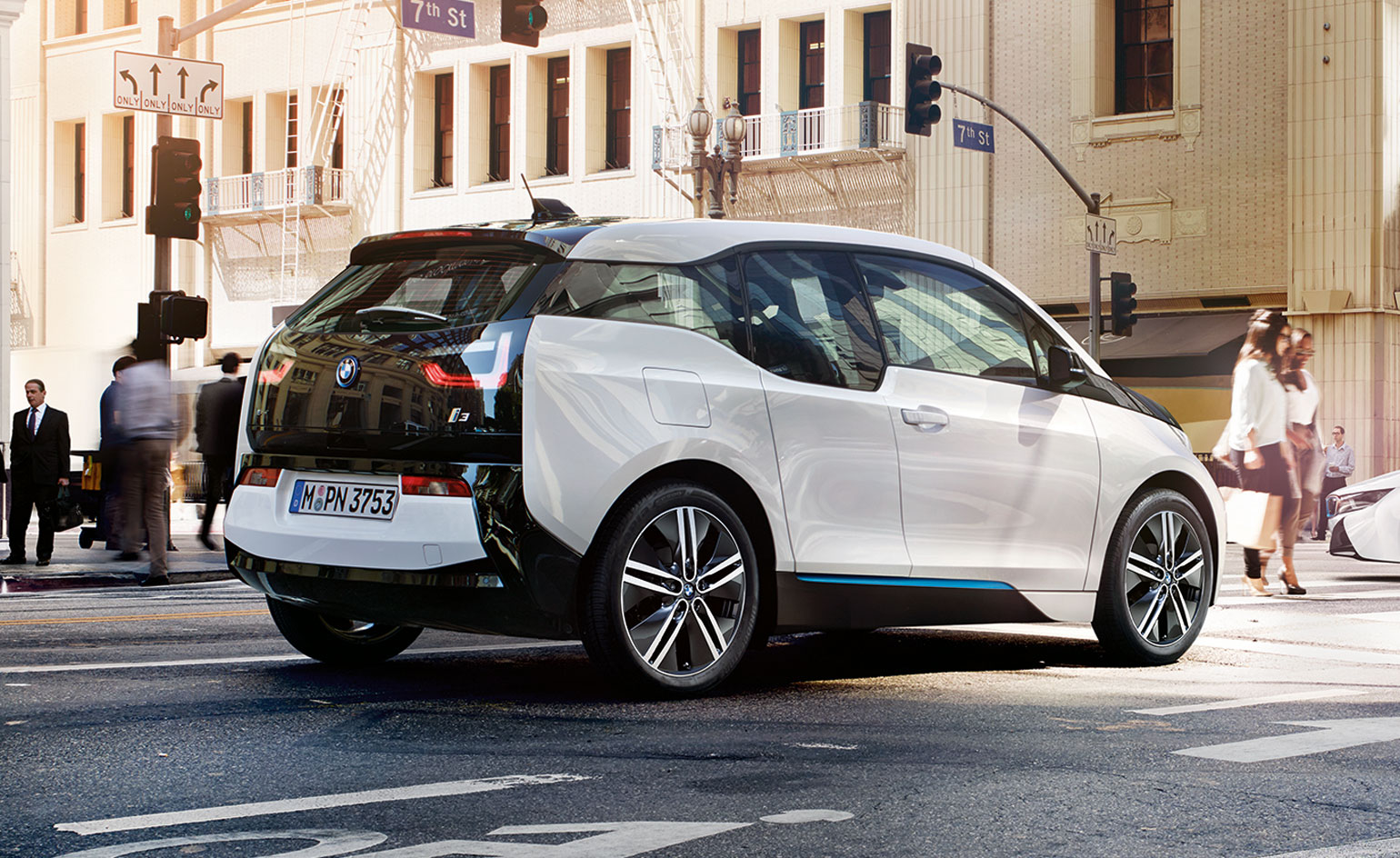
Creating a car company from scratch is not a simple undertaking. But that is effectively what BMW did when they launched the BMW i sub-brand back in 2011. Long before the i3 was simultaneously revealed around the world on 29 July 2013, the company had spent two intensive years of marketing, with many more years of before that trialling the technologies and exploring the materials that went into shaping the i3 and i8 you see on the roads today.
This commitment of time and energy has helped steer BMW i towards great acclaim; together, the i3 and i8 have won a startling number of awards (the latest being World Green Car Award and a nomination for the Design Museum’s Designs of the Year for the i8.) But it also laid the fundamental values for BMW i, values that will only become more and more important as the market for hybrid and electric cars grow. For BMW i is a truly sustainable car brand, successfully closing the complex loop of manufacturing, materials production, electricity usage and recycling.
While we’ve enjoyed getting behind the wheel of the BMW i cars, there’s clearly a lot going on behind the scenes. The sustainable loop begins at the various factories and facilities that create the cars. A fair chunk of both ‘i' cars start their lives at a new facility in Moses Lake, Washington, USA, where BMW has invested considerably in creating the world’s most advanced carbon fibre factories. Moses Lake produces the bundles, or rovings, of raw carbon fibre, an energy-intensive process which is entirely off-set by the plant’s 100% commitment to hydro-electric power, making the CF production carbon neutral. The rovings are woven into carbon laminates at BMW’s Plant Wackersdorf before being transferred to its Leipzig factory, home of the i3 and i8, where they’re pressed with resin to form the structure and panels of the cars. The Leipzig factory was designed by Zaha Hadid Architects and originally opened in 2005. A futuristic, innovative structure, the plant was the first step in the infrastructure that shaped BMW i.
The alchemical transformation of raw material into finished car is only the start of the story. The i3 and i8 make extensive use of recycled and renewable raw materials as well as cutting edge new composites, and the company’s €400m investment in the Leipzig factory has created a low-energy, partly naturally lit workspace where the process of car making has been refined to take advantage of the modular style construction used in the i3 and i8. If you’re lucky enough to get the cars on the road then other degrees of the virtuous circle start to fall into place.
From the outset, BMW i has exploited technology to make the driving experience more seamless, dovetailing personal mobility with the ebb and flow of public and private transport systems. The i3 was always aimed at the city dweller, and drivers have access to BMW ConnectedDrive, a suite of services that pairs a smartphone with satnav and sensors, bringing together details of your journey, range, charge stations and the parking situation in your destination. This makes for a far more efficient relationship between driver and car, helping nibble away at wasted minutes spent searching for somewhere to park, for example.
It’s this holistic approach that marks out the BMW i experience. And at the end, their high proportion of recyclable materials will simply feed back into the production cycle. It’ll go further still as more and more charge stations come on line and initiatives like the DriveNow car-sharing service rolls out across more and more locations (it’s currently operating in London, Vienna, San Francisco and several major German cities).
Change takes time. Back at the start of the whole project ‘i', we worked with BMW i to explore a series of future visions, opening up new conversations about the role of transportation. But now the BMW i ecosystem is here, the world of personal mobility is clearly evolving in a new, more sustainable direction.
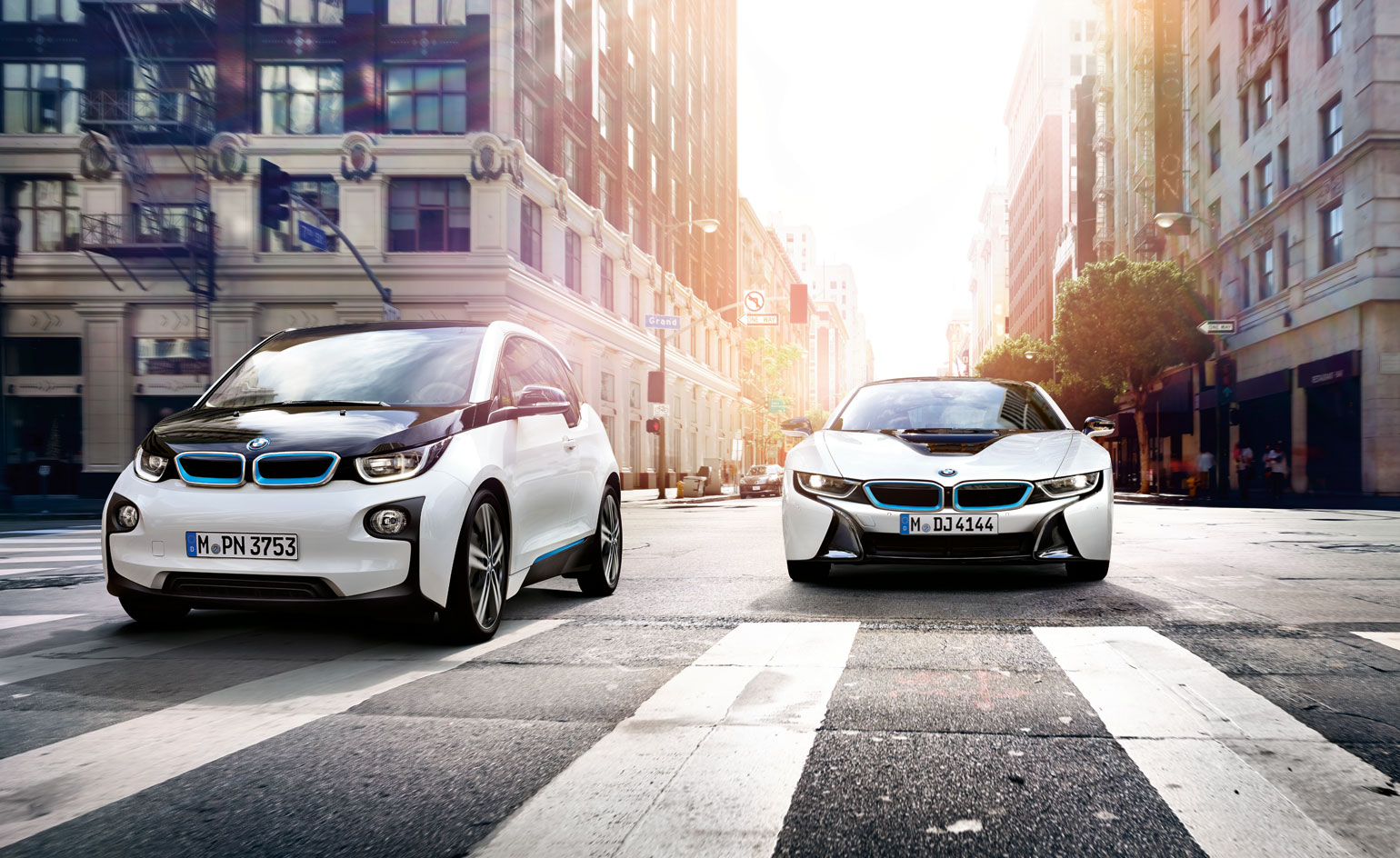
The i3 and i8 make extensive use of recycled and renewable raw materials as well as cutting edge new composites
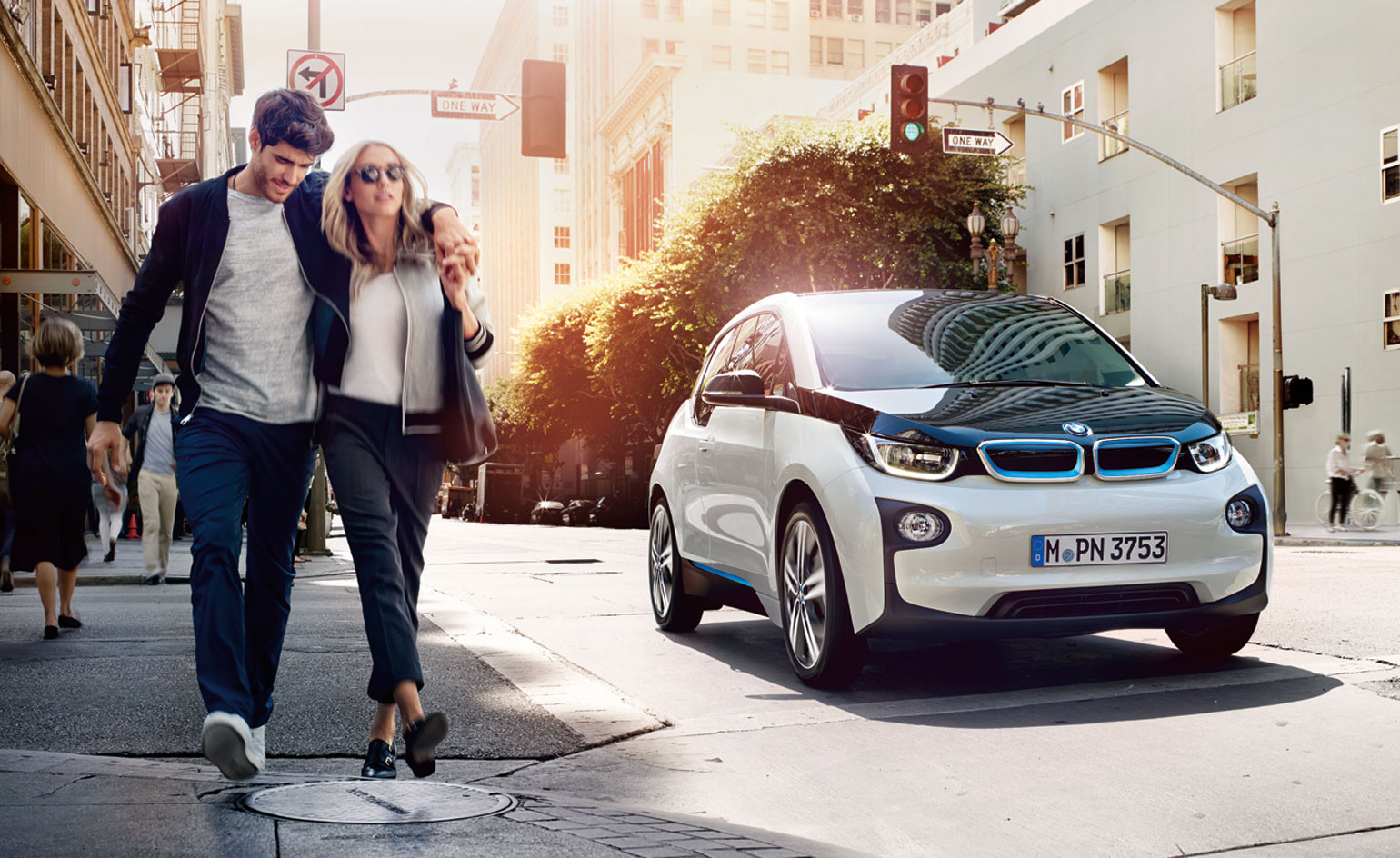
Exploiting technology to its advantage, BMW i makes the driving experience more seamless
Wallpaper* Newsletter
Receive our daily digest of inspiration, escapism and design stories from around the world direct to your inbox.
Jonathan Bell has written for Wallpaper* magazine since 1999, covering everything from architecture and transport design to books, tech and graphic design. He is now the magazine’s Transport and Technology Editor. Jonathan has written and edited 15 books, including Concept Car Design, 21st Century House, and The New Modern House. He is also the host of Wallpaper’s first podcast.
-
 All-In is the Paris-based label making full-force fashion for main character dressing
All-In is the Paris-based label making full-force fashion for main character dressingPart of our monthly Uprising series, Wallpaper* meets Benjamin Barron and Bror August Vestbø of All-In, the LVMH Prize-nominated label which bases its collections on a riotous cast of characters – real and imagined
By Orla Brennan
-
 Maserati joins forces with Giorgetti for a turbo-charged relationship
Maserati joins forces with Giorgetti for a turbo-charged relationshipAnnouncing their marriage during Milan Design Week, the brands unveiled a collection, a car and a long term commitment
By Hugo Macdonald
-
 Through an innovative new training program, Poltrona Frau aims to safeguard Italian craft
Through an innovative new training program, Poltrona Frau aims to safeguard Italian craftThe heritage furniture manufacturer is training a new generation of leather artisans
By Cristina Kiran Piotti
-
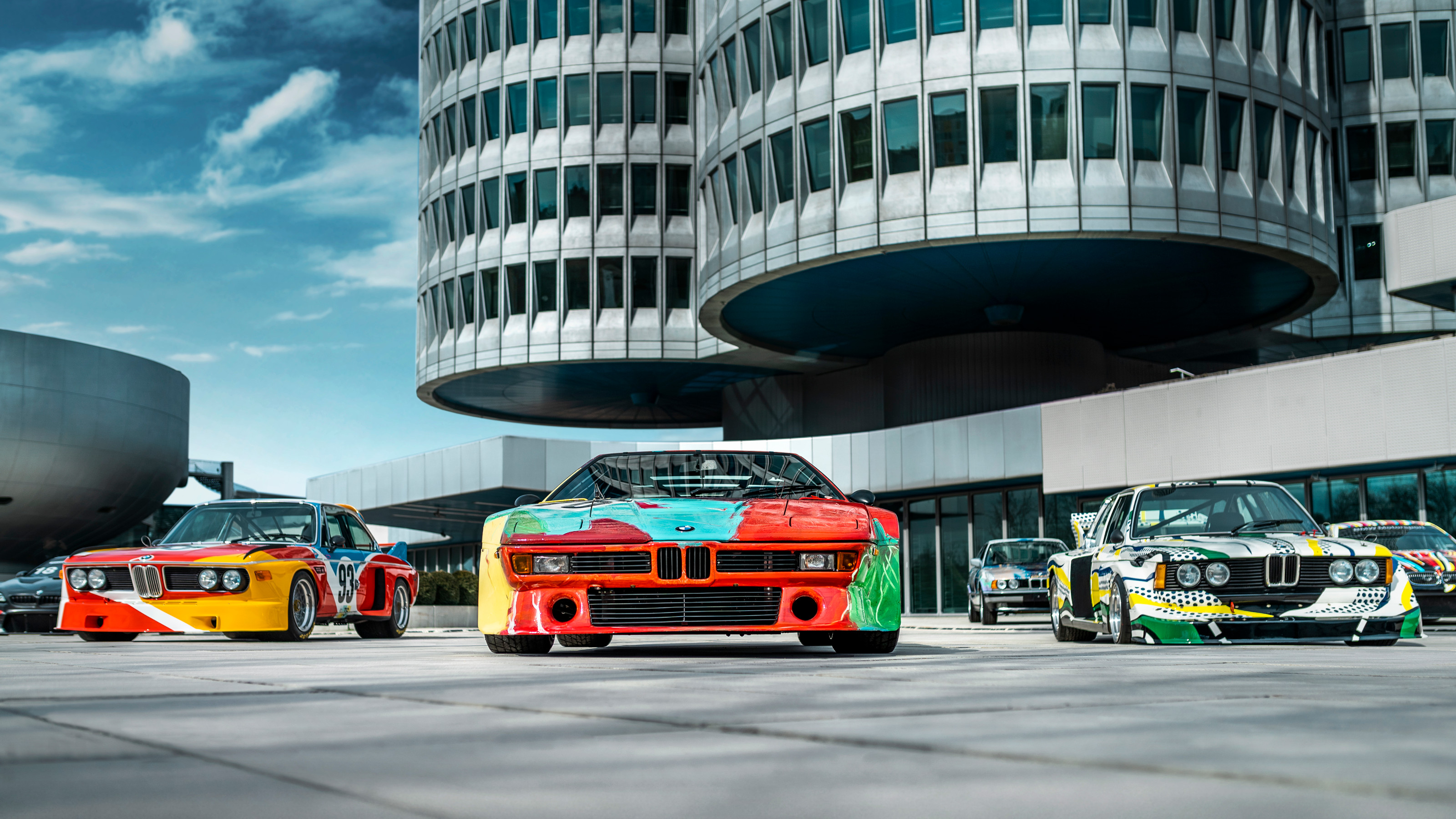 BMW celebrates half a century of its pioneering Art Car project with exhibitions and more
BMW celebrates half a century of its pioneering Art Car project with exhibitions and moreWe present a portfolio of the artists who have contributed to 50 years of BMW Art Cars, including Andy Warhol, John Baldessari, Jenny Holzer and David Hockney
By Jonathan Bell
-
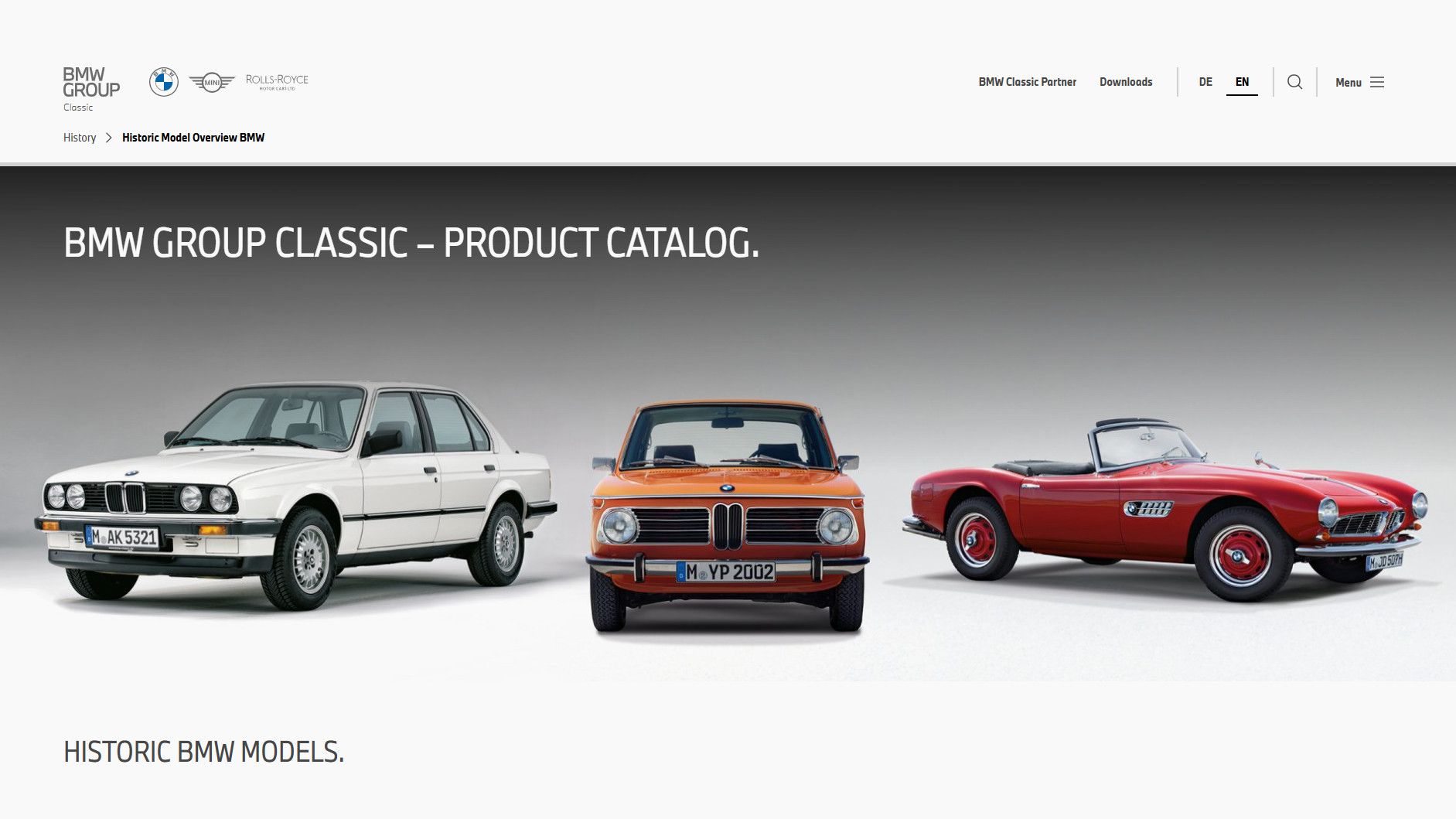 Peruse the new BMW Group Archive to explore the evolution of BMW design over the decades
Peruse the new BMW Group Archive to explore the evolution of BMW design over the decadesFor lovers of the marque, BMW’s commitment to online archiving is second to none. The latest website from the Bavarian manufacturer is this extensive visual catalogue of 80 years’ worth of BMW design
By Jonathan Bell
-
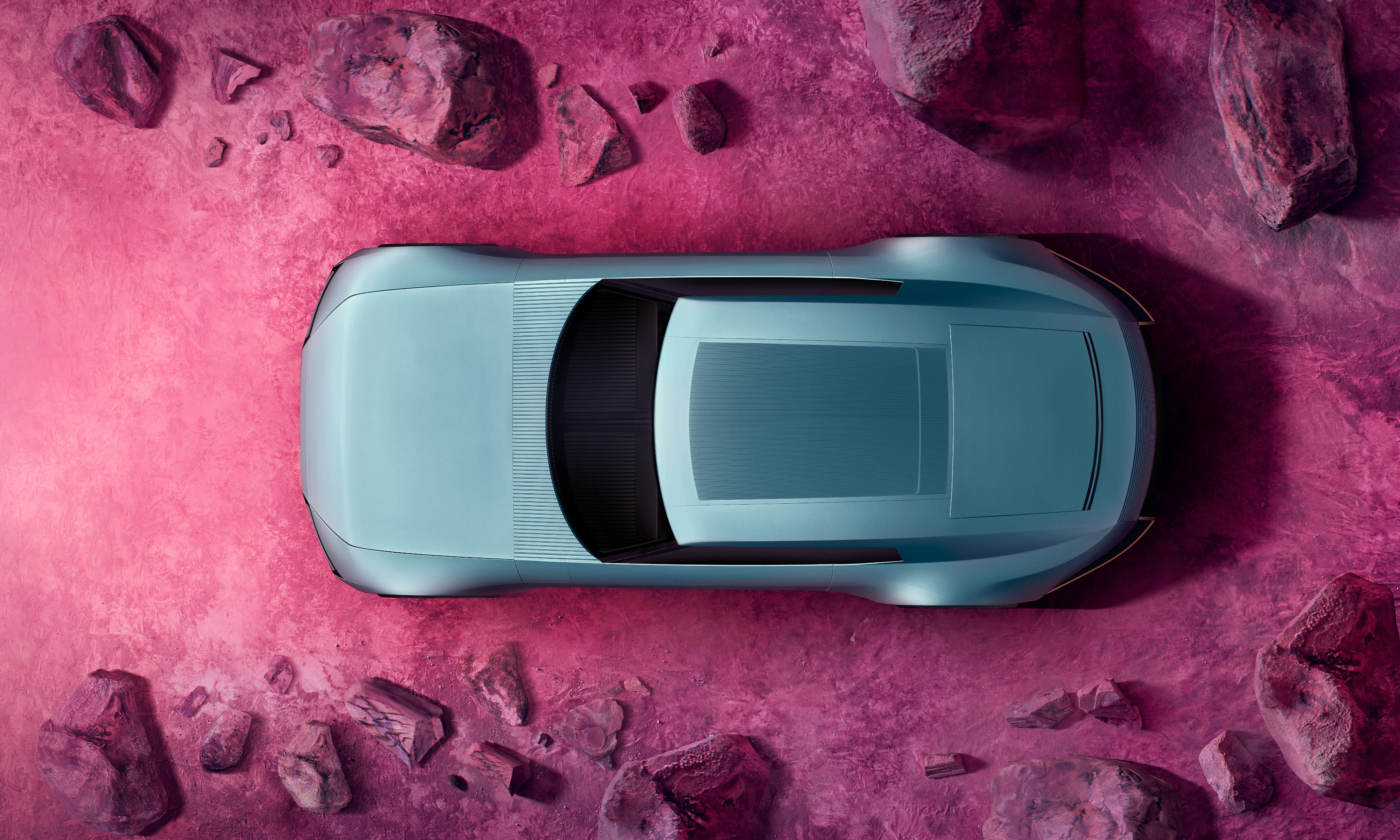 The top 10 concept cars of 2024, as selected by Wallpaper’s Transport Editor
The top 10 concept cars of 2024, as selected by Wallpaper’s Transport EditorWe round up our favourite forays into futuristic design with this collection of concepts and design studies showcasing the transport of tomorrow
By Jonathan Bell
-
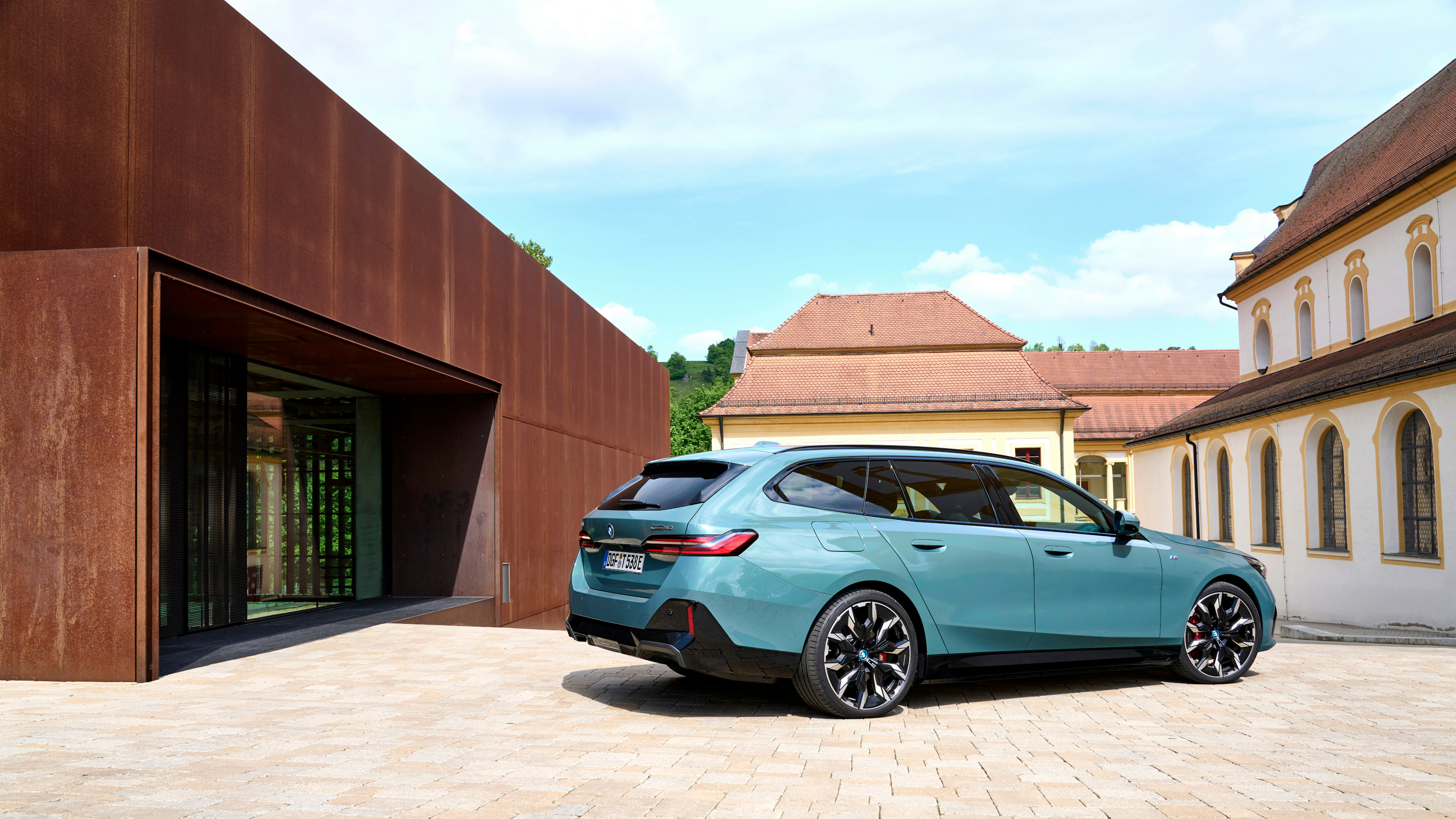 New BMW i5 Touring is an all-electric tech powerhouse that brings the noise
New BMW i5 Touring is an all-electric tech powerhouse that brings the noiseBMW has thrown its considerable expertise into making the i5 eDrive40 M Sport Pro Touring the ultimate zero-emission all-rounder. Jonathan Bell tries it out
By Jonathan Bell
-
 BMW’s limited-edition Skytop roadster draws on the past. Could it also predict the future?
BMW’s limited-edition Skytop roadster draws on the past. Could it also predict the future?Just 50 examples of the BMW Skytop are being built, and they’ve all been spoken for. We examine whether this classically styled machine is a harbinger of aesthetic change
By Jonathan Bell
-
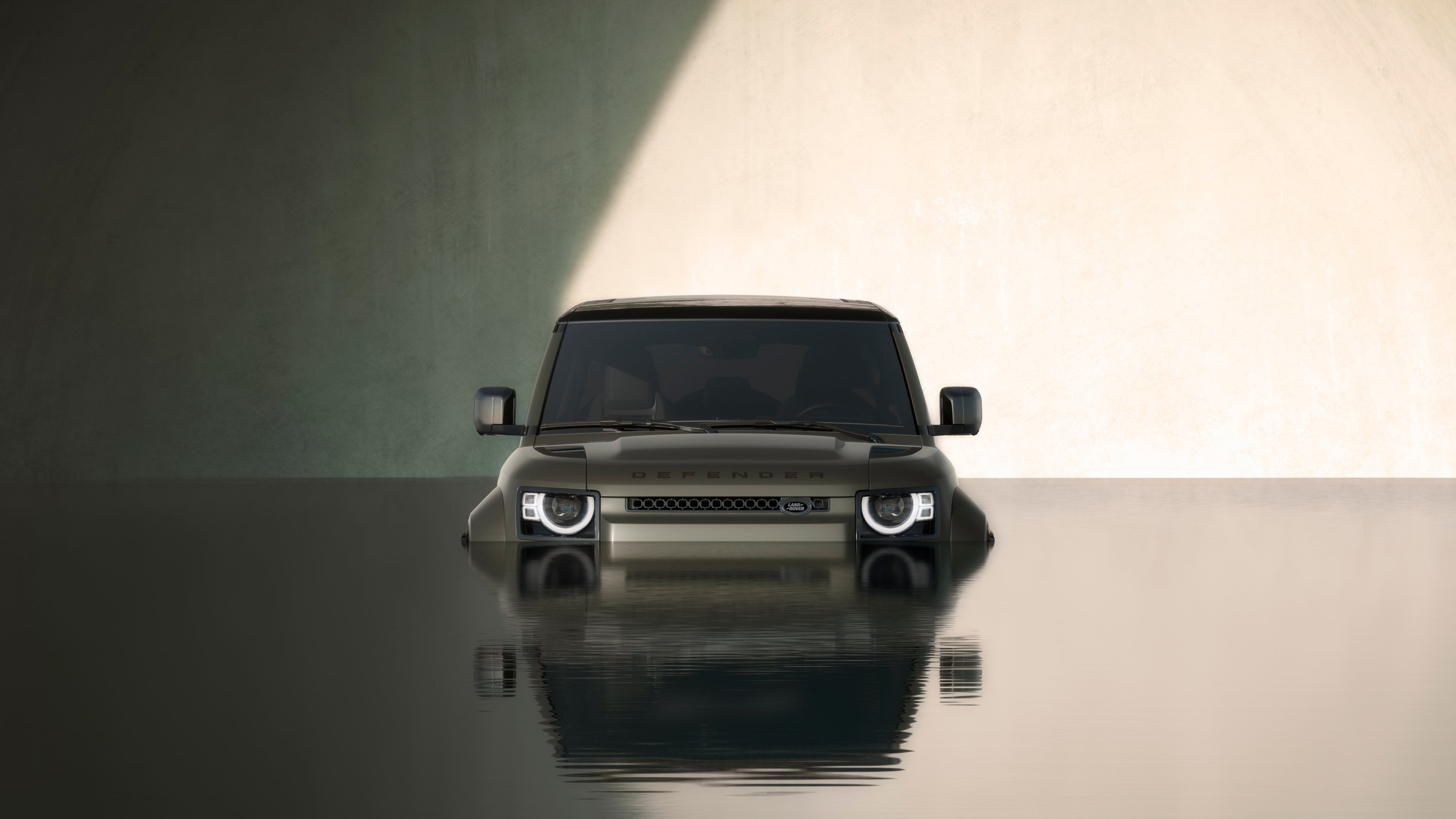 The 2024 Goodwood Festival of Speed hosted a wealth of auto innovation, from hypercars to hot hatches
The 2024 Goodwood Festival of Speed hosted a wealth of auto innovation, from hypercars to hot hatchesThe best new SUVs, EVs, hatchbacks and supercars to emerge from the 2024 Goodwood Festival of Speed
By Jonathan Bell
-
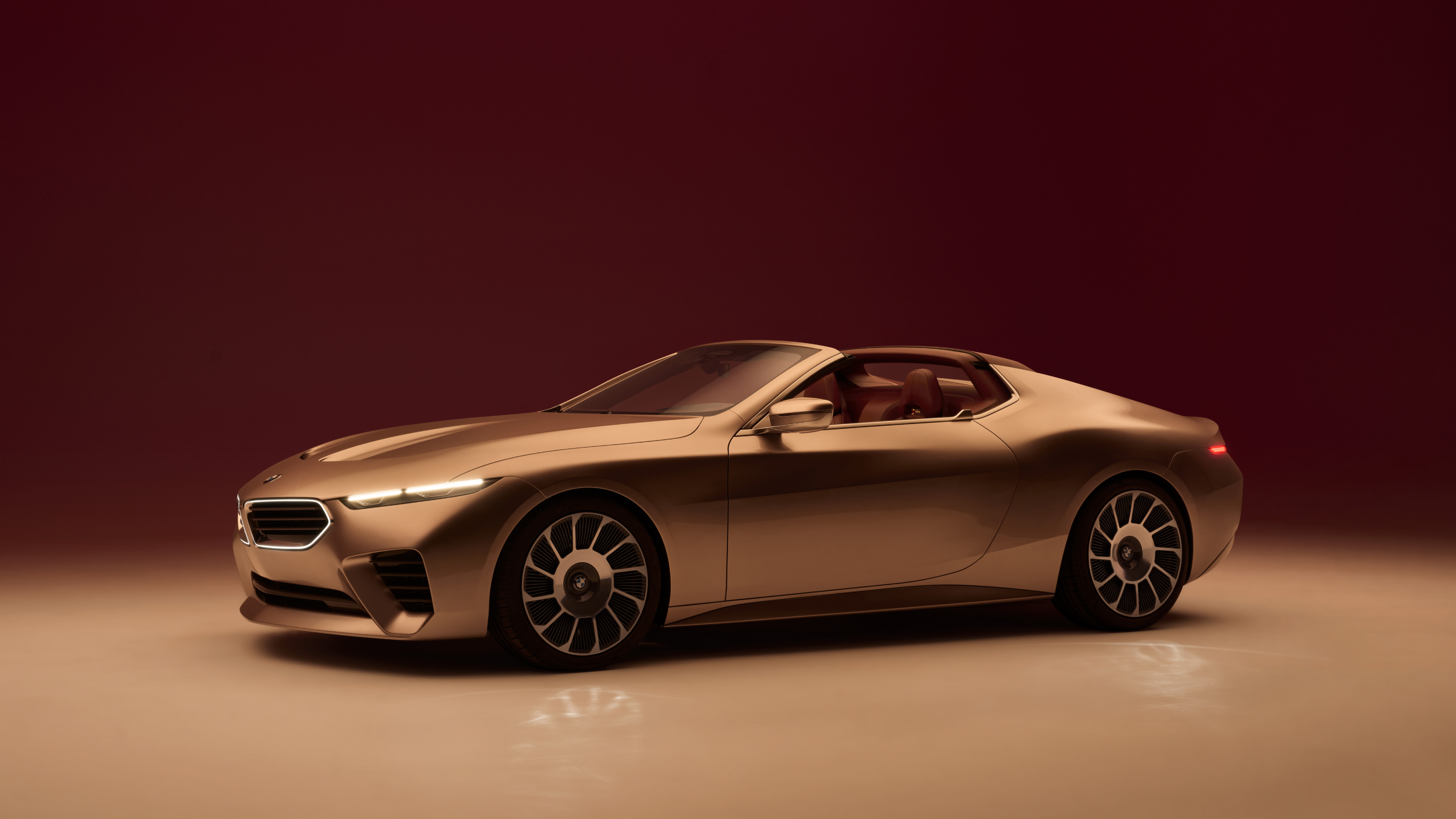 The Concept Mercedes-AMG PureSpeed and BMW Concept Skytop offer drop-top dreams
The Concept Mercedes-AMG PureSpeed and BMW Concept Skytop offer drop-top dreamsBMW and Mercedes-AMG open up with two new convertible concepts, one pitched at performance, the other at the spirit of the good life
By Jonathan Bell
-
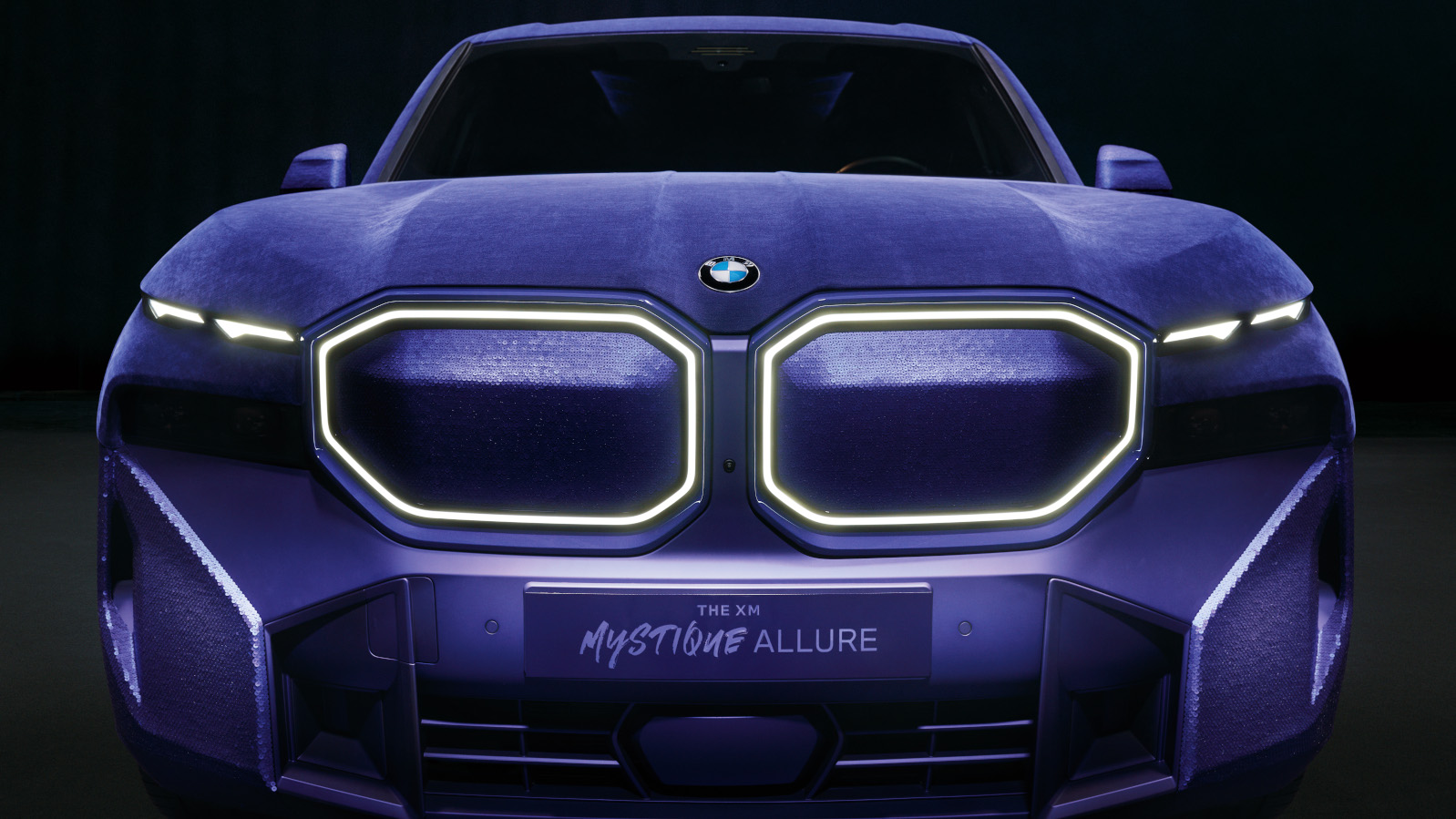 BMW launches its latest supermodel, the BMW XM Mystique Allure
BMW launches its latest supermodel, the BMW XM Mystique AllureThe haute couture-inspired BMW XM Mystique Allure, dedicated to Naomi Campbell and with a soundtrack by composer Hans Zimmer, makes its debut at Cannes International Film Festival 2024
By Simon Mills